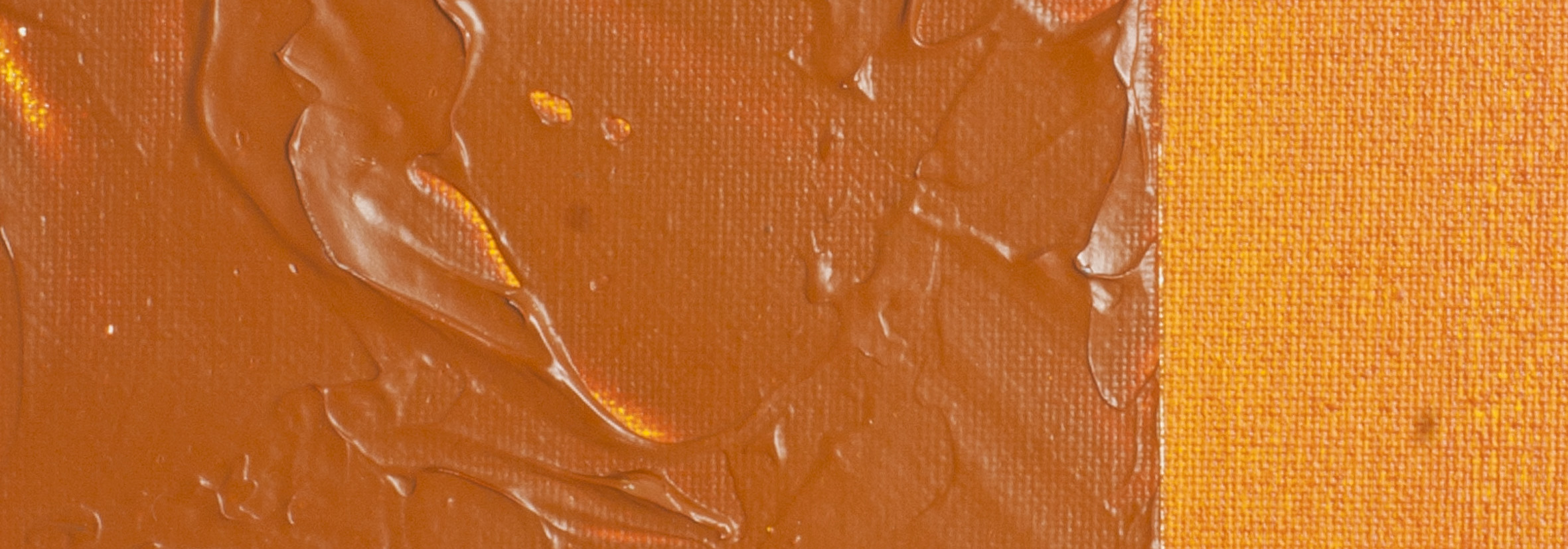Phthalo Blue (Red Shade) | Matisse Acrylic Paint
Chemical Description: Copper phthalocyanine
Pigment Number: PB15.1
Lightfastness Rating: ASTM I
Pigment Opacity: Transparent
Paint Opacity: Transparent
Series 2

Phthalo Blue (Red Shade) | Matisse Acrylic Paint
The Silent Pioneer: Phthalocyanine Unveiled
Phthalo Blue, a condensed term for Phthalocyanine, stands as a unique example of a scientific name embraced by the public. The initial confusion caused by the silent "Ph" at the beginning is swiftly resolved when pronounced as "thalo." In its 1936 debut, it bore the name Monastral Blue, though modern usage predominantly adopts the chemical nomenclature. An accidental discovery in 1935, originating from experiments at ICI in the UK, marked its journey into public and artistic realms.
Serendipity in Blue: Accidental Unveiling
Accidental discoveries often shape the world of pigments. Notably, the discovery of the first synthetic coal tar dye in the 19th century, born from attempts to synthesize quinine for malaria treatment, exemplifies this phenomenon. However, Phthalo Blue's unique narrative unfolds with simultaneous accidental discoveries in 1907 by chemists in Switzerland and Scotland. Despite noting its strong staining and beauty, the substance lay dormant until ICI's exploration in 1935, revealing the most lightfast organic dye of its time. A year later, it entered the market, becoming a staple in textiles, industry, and artistic endeavours.
Phthalo Blue (Red Tone): A Sky Painter's Palette
Phthalo Blue (red tone), an intense blue with a hint of red undertone, possesses the remarkable ability to colour entire skies with just a touch. Rarely used alone, its uniqueness lies in the artist's capacity to craft unmatched colours, particularly valuable in producing a myriad of greens. Hookers Green, a favourite among artists, gains character when blended with Phthalo Blue. Two methods emerge: mixing with Aureolin for brightness or combining with Phthalo Blue and Transparent Yellow Oxide for depth. Both alternatives offer enduring hues compared to the original Hookers Green recipe employing fading Gamboge.
Versatile Greens: A Spectrum Unleashed
The realm of greens expands with opaque pigments and lighter yellows. The vibrancy of Cadmium Green, brighter than nature's norm, mirrors the hues found in man-made objects. Natural-looking olive greens emerge with Phthalo Blue and Iso Yellow, while a slightly darker version arises with Cadmium Orange in place of Iso Yellow.
Sky's Infinite Palette: Blending Beyond Blue
The variable hues of the sky prompt creative explorations. Mixing Phthalo Blue with Australian Sky Blue captures the elusive perfect blue, crucial for water depictions, especially during scorching seaside summers. Underwater scenes and dawn skies find representation in a soft light green-blue, effortlessly achieved by combining Phthalo Blue with Australian Ghost Gum. This nuanced colour, a departure from the usual brilliance of Phthalo Blue, surprises those accustomed to its vibrant counterparts, offering a subtle yet captivating addition to the artist's palette.
Safety Data Sheet for Matisse Phthalo Blue (Red Shade) (SDS)
To view or download a copy of Phthalo Blue (Red Shade) SDS, please CLICK HERE * (271kb)
*The above link will open an external Dropbox window
Phthalo Blue (Red Shade) is available in Matisse Structure

To install this Web App in your iPhone/iPad press ![]() and then Add to Home Screen.
and then Add to Home Screen.

